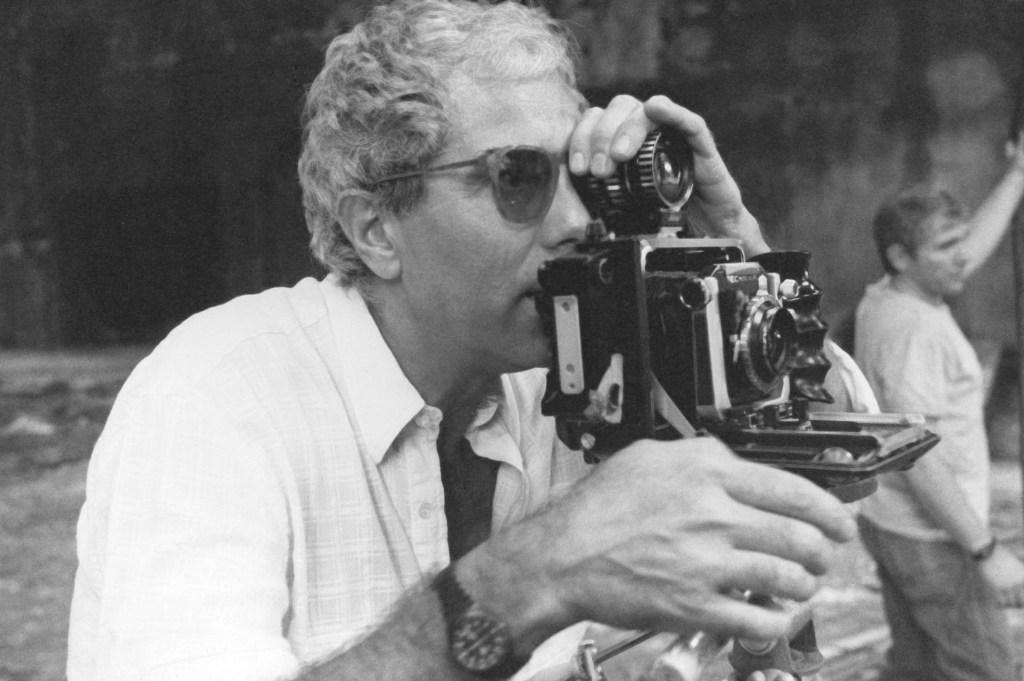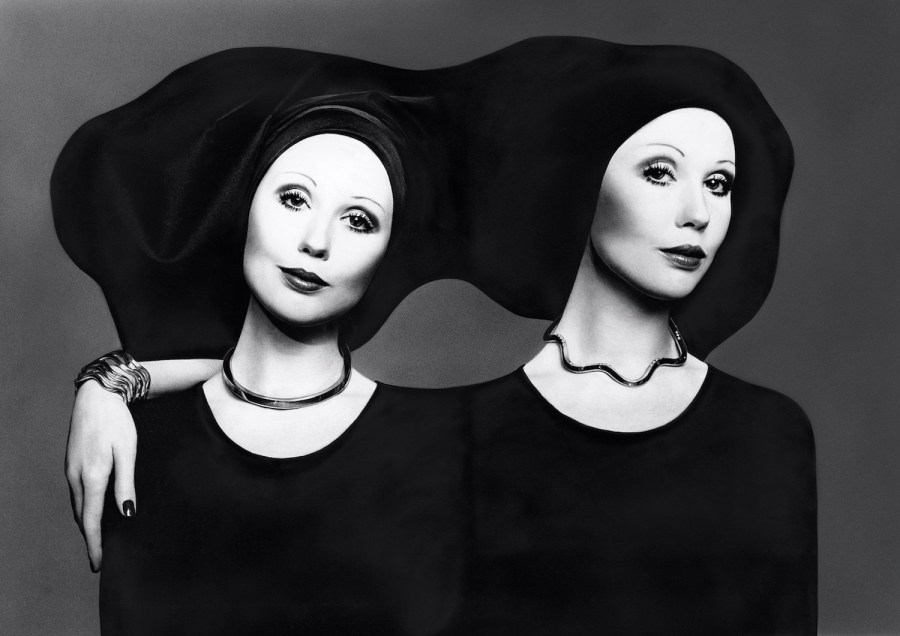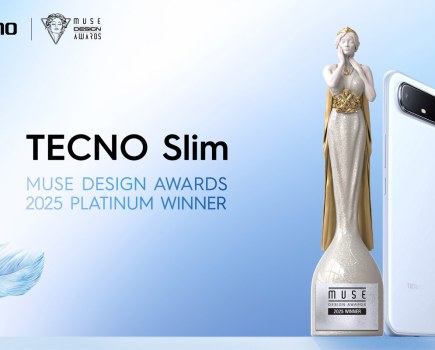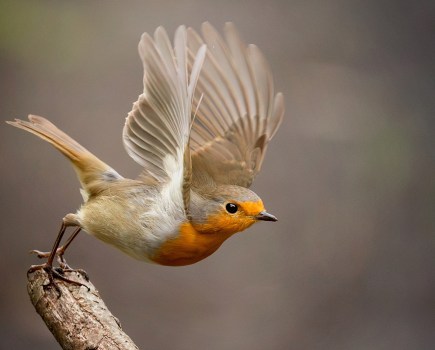From couture to camels. Gian Paolo Barbieri turned fashion photography into theatre. His sumptuous, often surreal images defined Italian elegance. Proof that glamour, like good light, rewards patience.
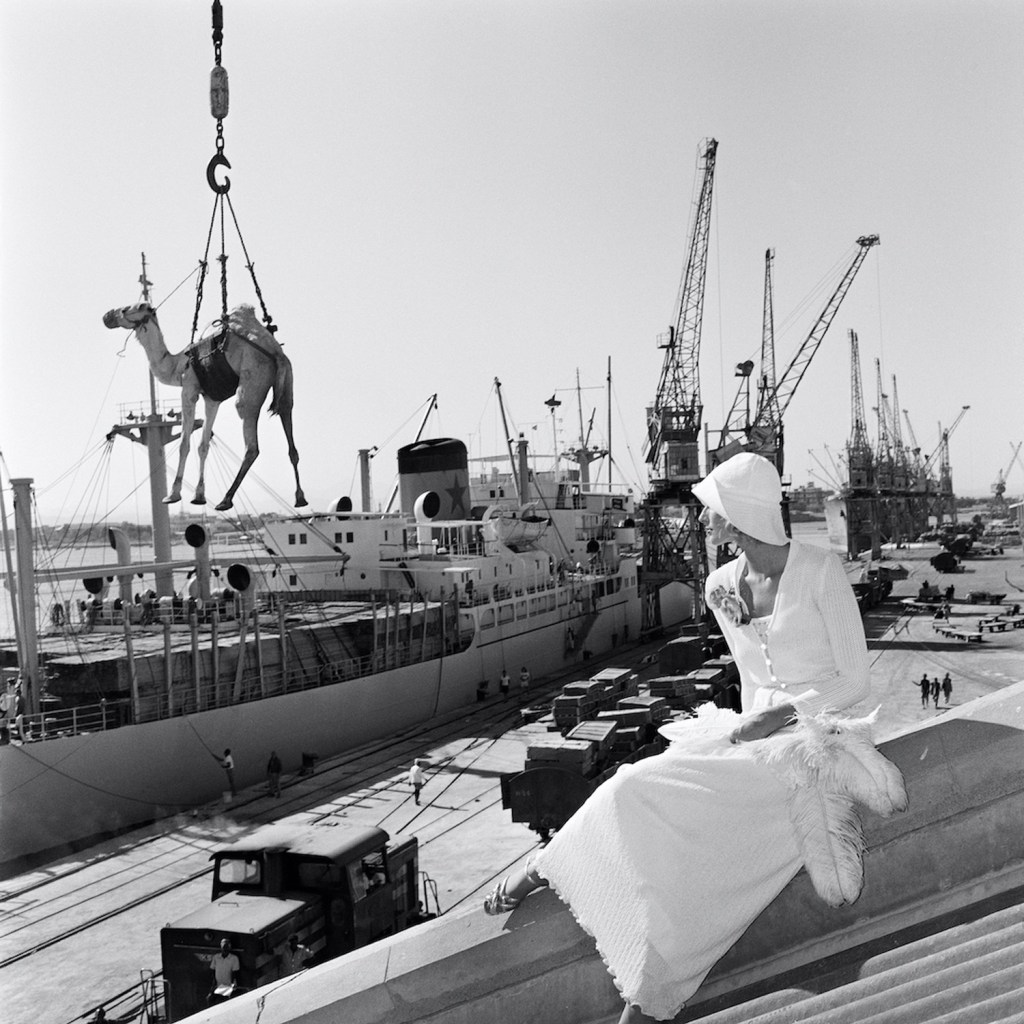
From his Milan studio or on location, he crafted sensual, elegant and controlled images for clients such as Versace, Ferré and Valentino. Barbieri believed that to achieve glamour you had to master patience. He was one of the last of a generation. A gentleman of fashion.
Born in Milan in 1935 on Via Mazzini into a family of textile merchants, he learned in his father’s factory the visual instincts that would later inform his fashion photography.
Cinematic eye
Barbieri began his career under the spell of cinema. Winning small roles as a young man at Rome’s Cinecittà studios. He learned the discipline of light and how emotion and costume could tell a story. This theatrical instinct transferred with him when he turned to photography in the early 1960s. His fashion shoots at times became miniature dramas.
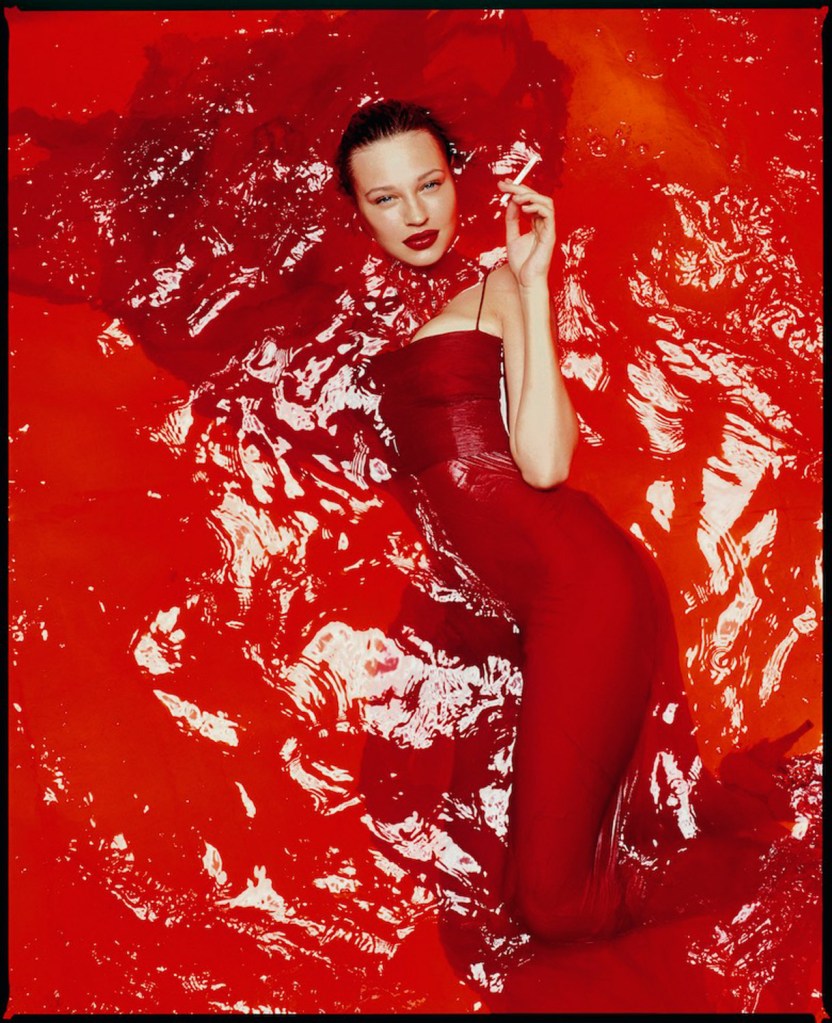
Barbieri’s photographs aren’t snatched and rarely spontaneous. Each element is part of a narrative: dappled light, bold colour, a dangling cigarette, curve of a hem or even Camel in an harness! Those who worked with him said it was not unlike stepping into a perfectly rehearsed performance.
Made in Italy
Barbieri helped visualise the Made in Italy movement as Milan morphed from a city of commerce to the capital of cool. Part of the post-World War II rise of Italy characterised by a focus on high-quality craftsmanship, luxury and a Milanese blend of traditional artisanal skills with modern design.
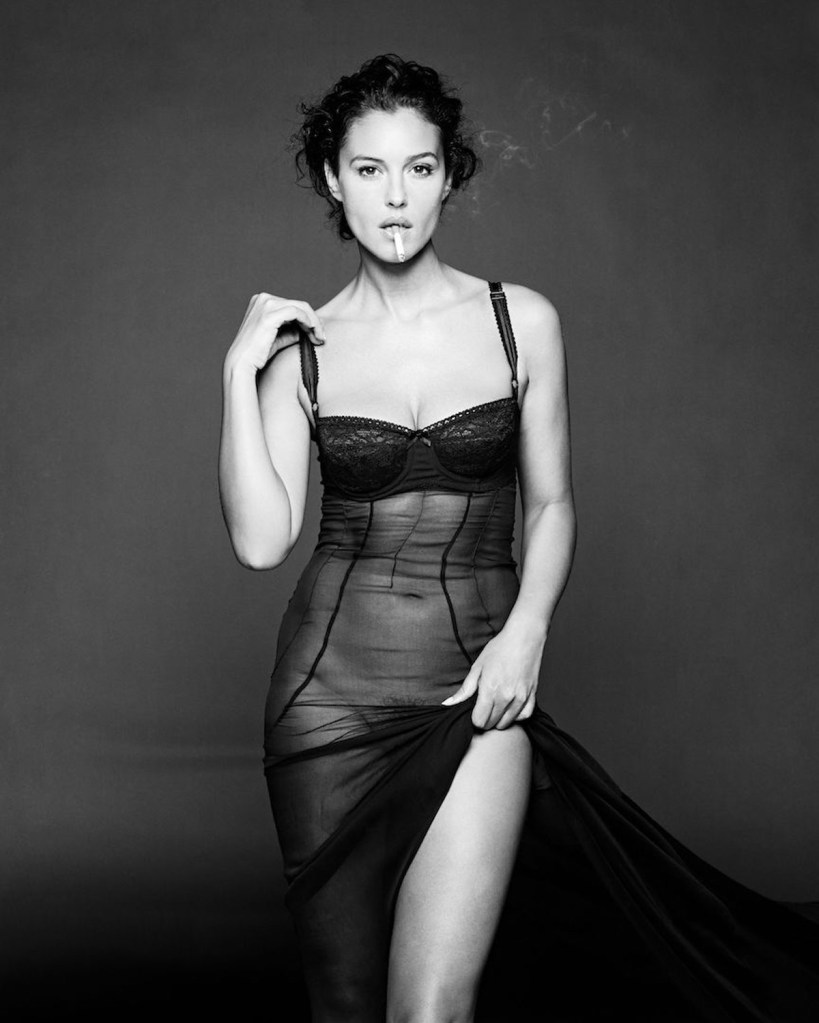
His collaborations with Armani, Valentino, Ferré and Versace were integral to their ambitions. Barbieri understood the strength of garments in a photograph using wool as shadow, satin as light, skin as sculpture. His images are stark yet refined. His subjects defined by his vision not simply draped in luxurious clothes.
Masterful learning
Barbieri reportedly once said, ‘Fashion without art is naked and empty.’ His images were rich in references to painting, sculpture and stage. There’s a bow to Botticelli or nod to Caravaggio but it’s not derivative, instead he fused Masters of Art into a visual language of his own. His intellectual curiosity drove his photography beyond commerce.
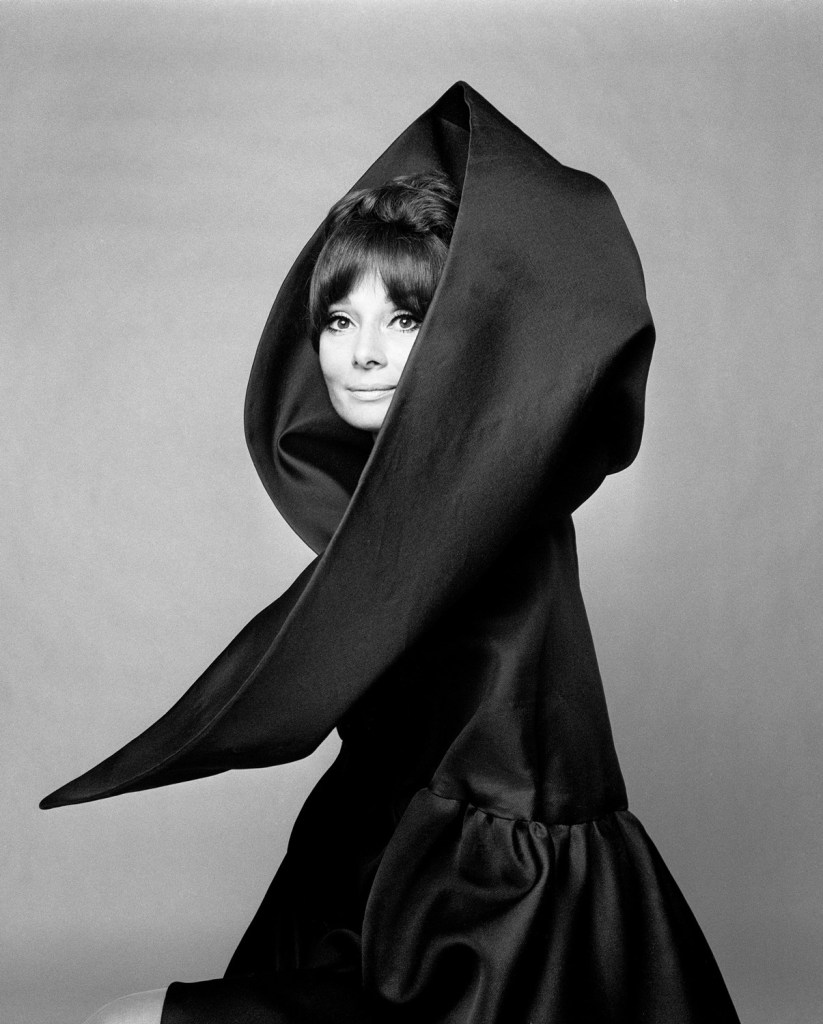
His distinctive approach to photography is collected in many books including Artificial 1982, Skin (2015) and Flowers of My Life (2016), a love story with Evar, an architect and model killed in a motorcycle accident, told through the pictures of flowers and the portraits of Evar captured by Barbieri’s lens, along with poems written by Branislav Jankic.
Ranked among the world’s top 14 fashion photographers by Stern magazine, Barbieri’s archive is part of prestigious museum collections including the Victoria and Albert Museum and the National Portrait Gallery in London
Building patience
Barbieri mastered the technical nuance of film in camera. He often used a Hasselblad with a 50mm lens for some of his well-known fashion photographs. He also understood that fashion, when handled with imagination, could reflect culture back on itself.
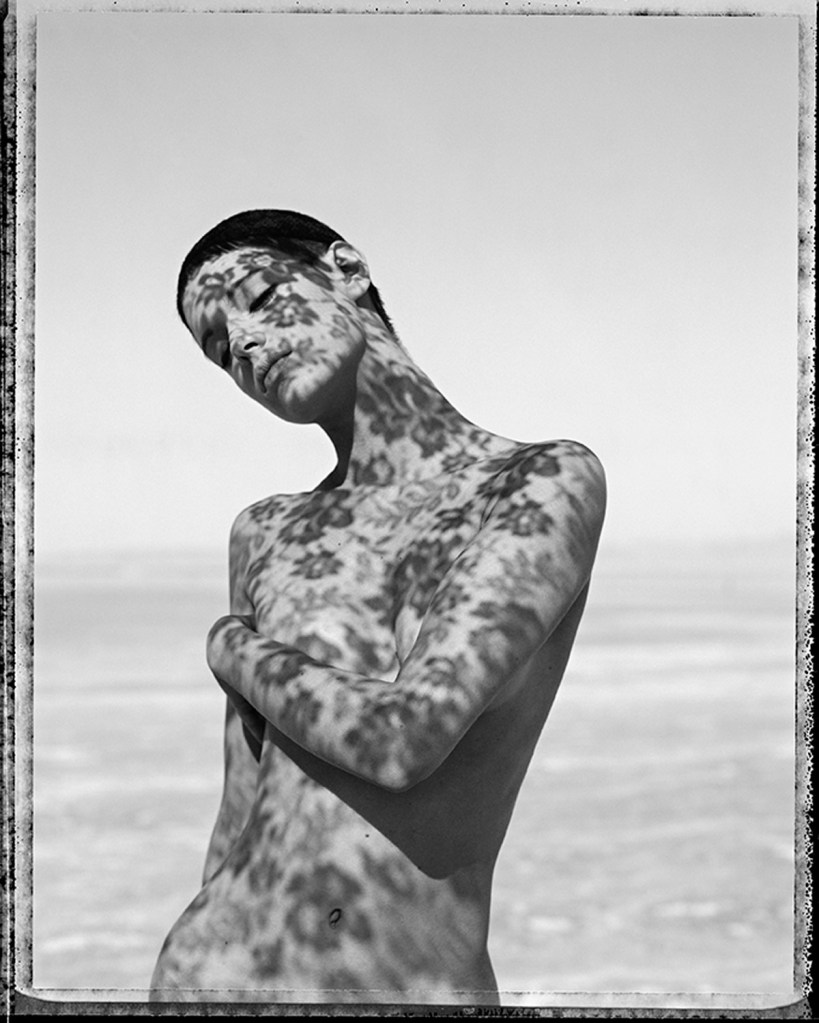
In an age addicted to immediacy, his patience and deliberation feels almost radical. He worked hard to make a frame that could last a lifetime. His control was not coldness but care, an insistence that perfection mattered because the viewer deserved it.
Eternal elegance
Opened in Milan this autumn, Eternal Elegance, the first major retrospective since his death in December 2024, showcases both celebrated and unseen images spanning his long career.
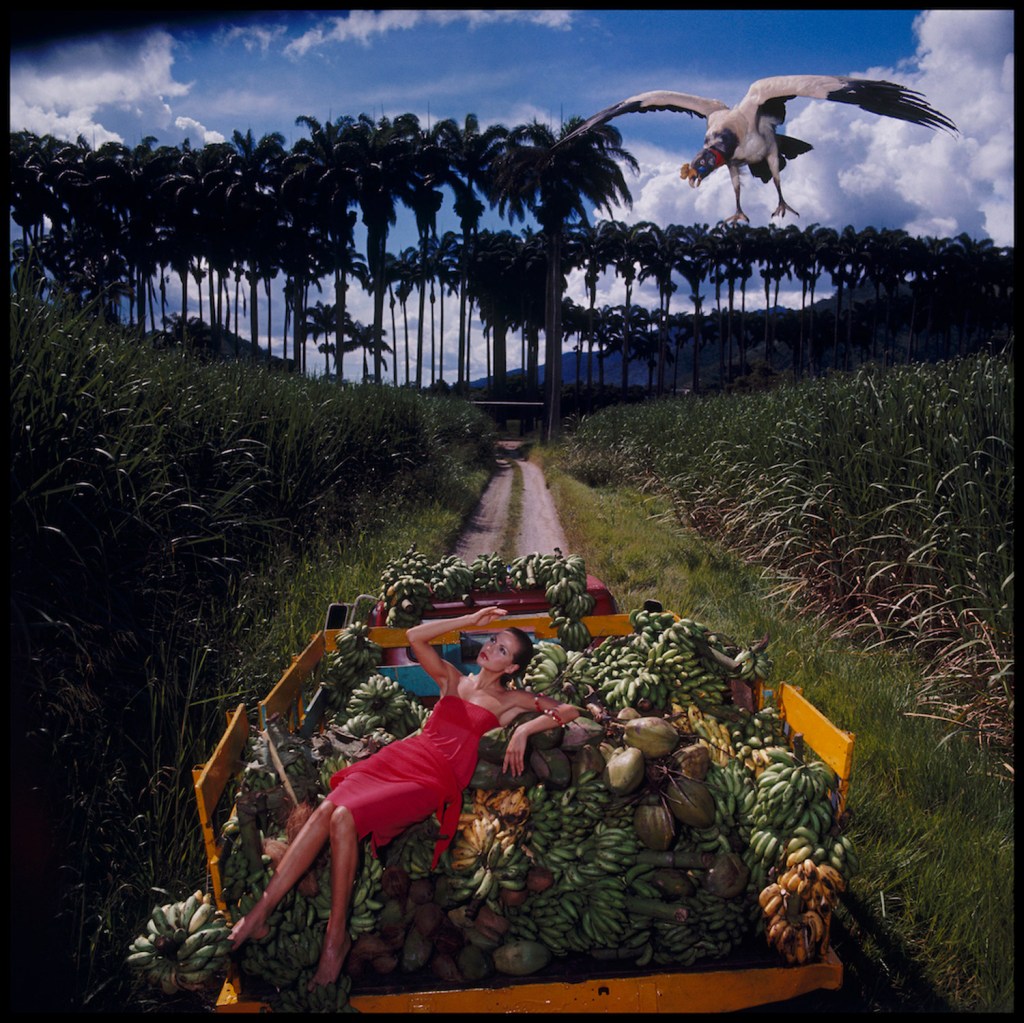
His influence goes deeper than nostalgia. He set a standard of sophistication for those who came after him: Mario Testino, Peter Lindbergh, Greg Gorman etc that remains hard to equal. His legacy endures not because of who he photographed but of how he did it. A blueprint of dignity, curiosity and unfailing grace.
Gentleman’s time
In a time of AI, his photographs remind us that seeing beauty is is a discipline not an accident. He waited for the moment when light, gesture and grace aligned. He taught fashion to slow down, to breathe, to look at itself with dignity.
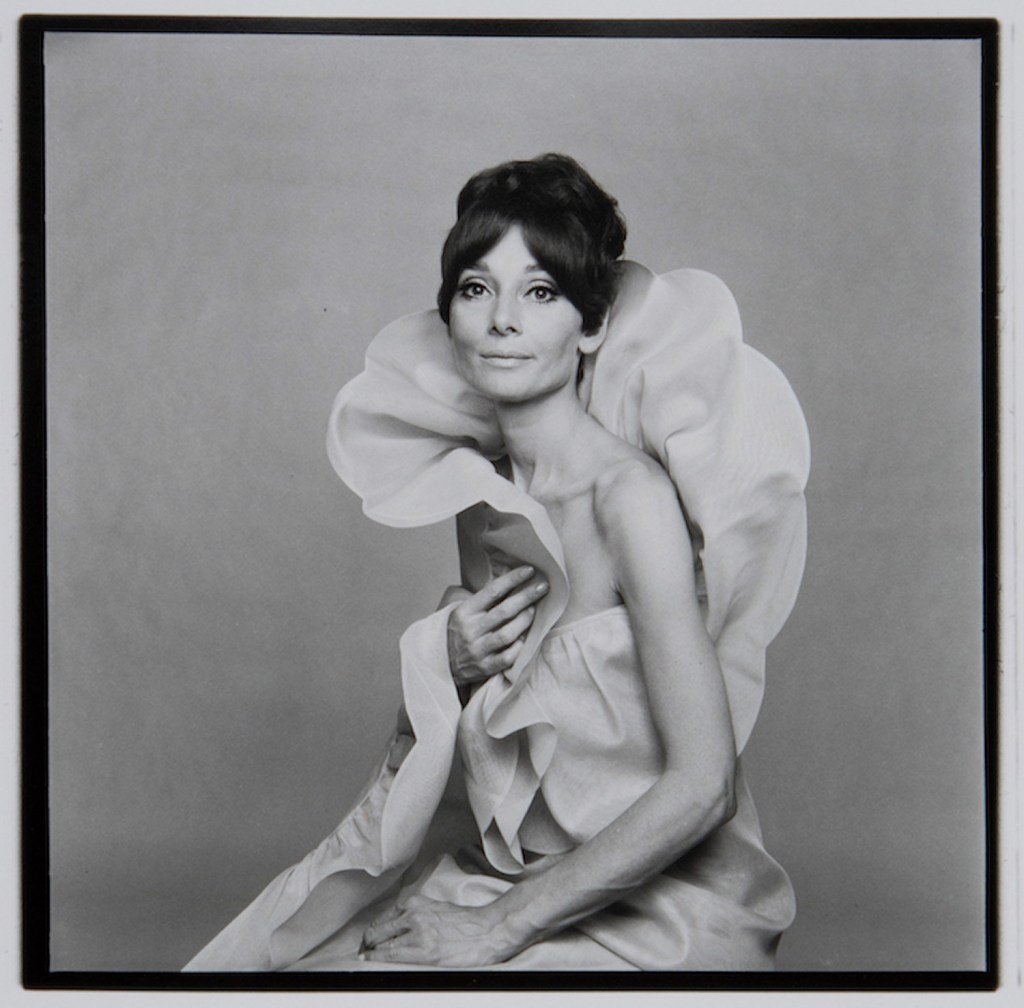
Long after the trends he helped define have faded, his images remain immaculate and self-assured. They belong to that rare class of pictures that seem to have always existed, as if etched directly onto memory. In the end, Barbieri embodied style, he didn’t just photograph it.
Style & polish
Even when photographing abroad in the Seychelles, Portofino or Venezuela, the final scenes retained a distinctly Italian polish. The women in his photographs don’t pose so much as inhabit their roles, icons rather than individuals. Taken together, the images in Eternal Elegance prove that Barbieri’s style was never a trend.
Exhibition Information: Eternal Elegance – The Timeless Photography of Gian Paolo Barbieri. Zurich Italia and Zurich Bank Via Santa Margherita 11 – Milan until 15 January 2026. Curated by 29 ARTS IN PROGRESS.
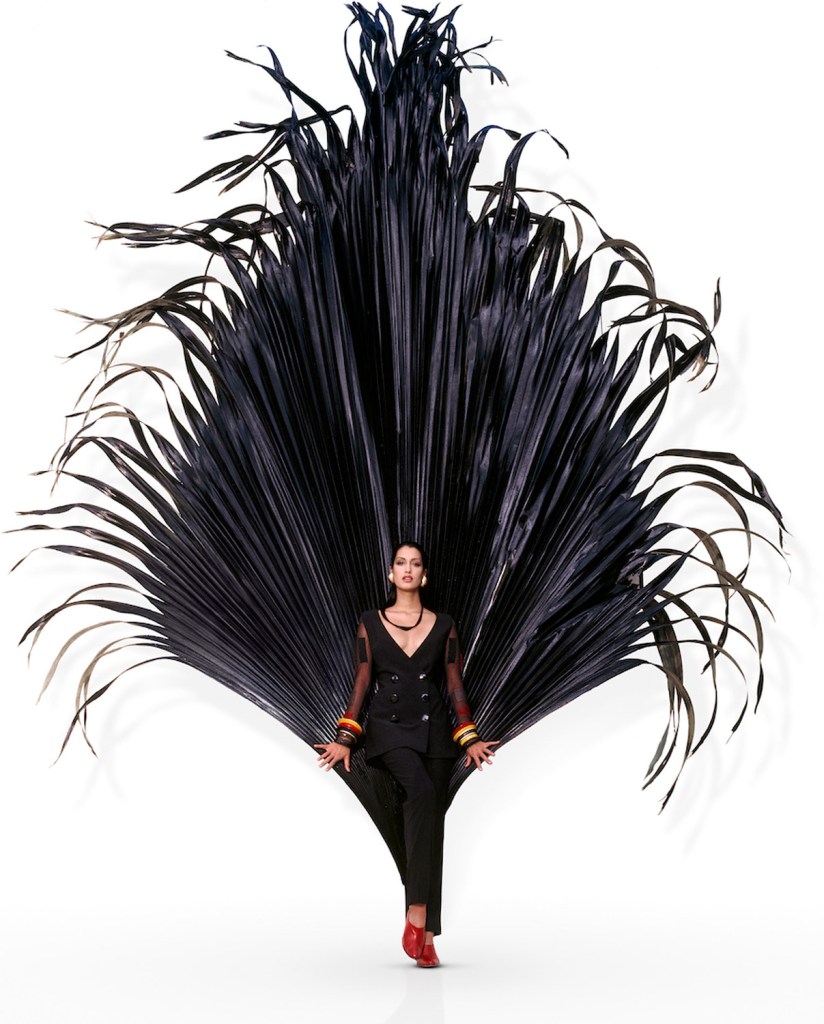
In 2018, Barbieri was honoured in New York with the Lucie Award for Outstanding Achievement in Fashion. In June 2022, The Man and The Beauty, the first documentary on his life and work, won the Audience Award in the Biografilm Art & Music section at the Biografilm Festival in Bologna and was released in cinemas across Italy.
